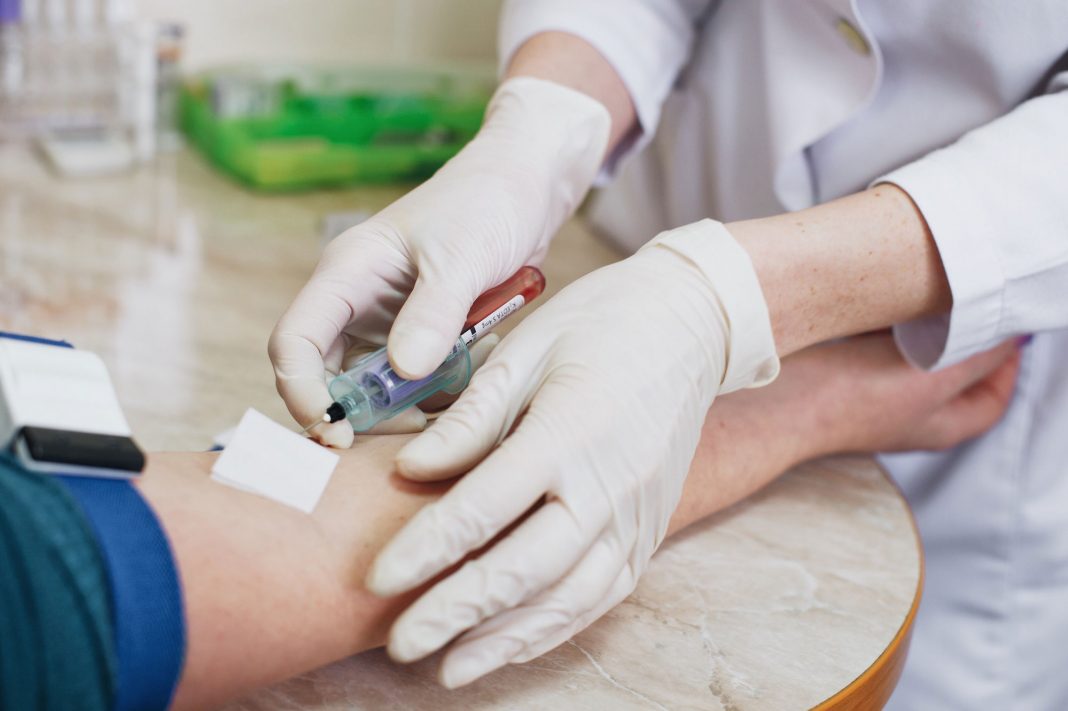Researchers headed by a team at the University of Southern California (USC) reported positive data from preclinical in vivo studies evaluating an experimental protein-free vaccine that is designed to protect patients from potentially lethal drug-resistant superbugs in hospital and healthcare settings. The newly reported study showed that a single dose of the vaccine, administered to different mouse infection models, put immune cells in what the team describes as “Incredible Hulk” mode, providing rapid protection against eight different species of bacteria and fungi.
“It’s an early warning system,” said Brad Spellberg, MD, chief medical officer at the USC-affiliated Los Angeles General Medical Center (formerly LAC+USC). “It’s like Homeland Security putting out a terror alert. ‘Everybody, keep your eyes open. Keep an eye out for suspicious packages’. You’re alerting the soldiers and tanks of your immune system. The vaccine activates them. ‘Oh my, there’s danger here. I better turn into the Hulk.’ I mean, when you have bad superbugs lurking, that’s when you want the Hulk waiting to pounce rather than Dr. Banner, right?”
Spellberg is senior author of the team’s published paper in Science Translational Medicine, which is titled “A protein-free vaccine stimulates innate immunity and protects against nosocomial pathogens.”
Every year, healthcare-associated infections (HAIs) kill more than 90,000 people in the United States and rack up healthcare costs between $28 billion and $45 billion. “On any given day, more than three percent of hospitalized patients in the United States, and four percent in the European Union have an HAI, the authors wrote, citing published figures.
Many such infections are caused by superbugs, including MRSA ( methicillin-resistant Staphylococcus aureus) or Acinetobacter baumannii. “In most cases, HAIs are caused by antimicrobial-resistant (AMR) bacterial and fungal pathogens, which are associated with worse mortality and morbidity than antimicrobial-susceptible pathogens,” the investigators continued. The infections spread via contaminated surfaces or equipment, such as catheters or ventilators, or through person-to-person spread, often from contaminated hands. Risk is highest among intensive care unit patients who may suffer surgical site infections, bloodstream infections, urinary tract infections and ventilator-associated pneumonia.
Moreover, the investigators continued, despite the high incidence of healthcare-acquired infections, there are currently no FDA-approved vaccines that prevent the most serious, antibiotic-resistant infections. “Despite the high incidence of HAIs, there are currently no U.S. Food and Drug Administration–approved vaccines against the most commonly encountered and antibiotic-resistant pathogens …”
Co-author Brian Luna, PhD, assistant professor of molecular microbiology and immunology at Keck School of Medicine of USC, added, “Even if there were such vaccines, multiple vaccines would have to be deployed simultaneously to protect against the full slate of antibiotic-resistant microbes that cause healthcare-acquired infections.”
Typical protein-based vaccines usually prompt the body to make antibodies against a specific pathogen. “Traditional vaccines are “vertical” infection prevention approaches, which activate antigen-specific lymphocytes that target one pathogen at a time,” the team explained. “This single-pathogen targeting makes such vaccines difficult to develop or deploy for the prevention of HAIs, which are caused by myriad bacterial and fungal pathogens … The challenge of implementing such an approach in the hospital setting is that multiple vaccines would have to be deployed simultaneously to protect against the myriad AMR pathogens that cause HAIs.”
The experimental vaccine developed by Spellberg and colleagues is designed to take an entirely different approach, known as trained immunity, that instead mobilizes the body’s preexisting supply of macrophage immune cells that engulf and digest bacteria, fungi and other pathogens. Through this approach these activated fighters, found in all tissues, quickly neutralize incoming invaders which might otherwise multiply rapidly and overwhelm the body’s defenses … “This is very different from developing new antibiotics,” said Jun Yan, a PhD student at Keck School of Medicine of USC and the study’s first author. “This is using our own immune system to fight against different superbugs, which is a different approach than everybody else.”
The protein-free vaccine developed by the team is comprised of just three components, aluminum hydroxide, and monophosphoryl lipid A, which are already used in FDA-approved vaccines, and the antigen fungal mannan, a tiny piece from the surface of a fungus commonly found on human skin. The vaccine is designed to stimulate the innate, rather than the adaptive immune system, the investigators noted.
Tests showed that a single dose of the vaccine worked within 24 hours and lasted for up to 28 days. In mouse infection models, treatment was effective against multiple bacterial and fungal pathogens, boosted the number of pathogen-eating immune cells in the blood, and improved the survival time in animals with invasive blood and lung infections. Early data also suggested that a second dose could extend the window to prevent infection.
“We found that a protein-free, tripartite vaccine improved the survival time in mice infected with varied, high-priority AMR pathogens, including Gram-positive bacteria, Gram-negative bacteria, and fungi, in both models of bacteremia and pneumonia …” the team wrote. And while the degree of efficacy did vary with the different pathogens and other factors such as routes of infection, the investigators also showed that the vaccine was effective—either improving survival time or reducing bacterial burden—in two independent laboratories, testing distinct strains of mice, bacteria, and fungi.
Macrophages were shown to mediate this improved survival in a manner that involved cytokine modulation and epigenetic reprogramming, the team further explained. “The data demonstrate an overall shift to a net anti-inflammatory response to infection, even while upregulating macrophage phagocytosis and enhancing clearance of bacteria in vivo.”
Spellberg, Luna, Yan and Travis Nielsen, formed the startup ExBaq LLC, and the founders have started talks with potential pharmaceutical partners who might be interested in further developing the vaccine for human clinical trials. The USC Stevens Center for Innovation, the technology licensing office for USC, successfully filed one patent for the vaccine and is pursuing others. The National Institute of Allergy and Infectious Diseases has provided ExBaq LLC with a nearly $1 million small business grant.
The next step is getting guidance from the FDA on the requirements to complete preclinical studies and submit and Investigational New Drug Application (IND) in 2024. The first such trial would be done in healthy volunteers to find the right dose of vaccine that is safe and triggers the same kind of immune response in people as seen in the mice.


